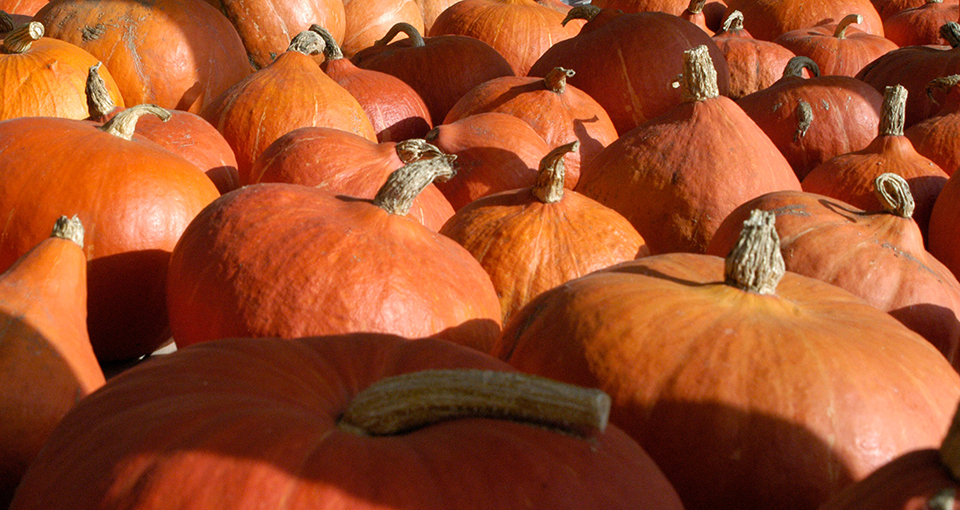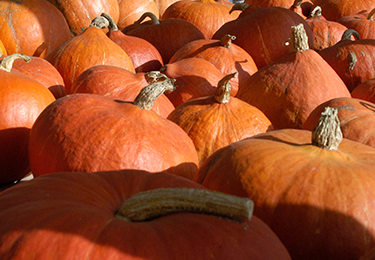
Watchlist
You can print out your watchlist and use it as a reminder for your purchase in the pharmacy.
Your watchlist currently contains no products.
Print


Red pumpkin
Red pumpkin
Botanik
This relatively small red pumpkin ( Cucurbita spec.) has been almost completely forgotten. For, in contrast to the well-established pumpkin types, this valuable representative of its species always needs the right dose of sun and rain in order to flourish. Its shiny yellow blossoms and the orange-red fruits are in sharp contrast to the large, bristly and lobed leaves. From these the climbing runners, emerging from a transformed branch, stick out at the sides. Like all other pumpkins, this rare type belongs to the family of the cucurbitacea (pumpkin plants) and thus to the climbing plants. Something which surprises many people: botanically-speaking the heavy fruits, which are also known under the name potimaron, belong to the berries.
mehr
Geschichte
The home of the red pumpkin is the Columbian region. Here, in the mild climate of Central and South America the plant has probably been growing since approximately 10,000 B.C. Already in early cultures the cucurbita spec. probably played an exceptionally important role as a source of nutrition. Written documents bear witness to its use in the 16th century: “……that there were now other foreign types of pumpkin which came from West India which could be kept fresh for a long time into the winter and had yellow blossoms in contrast to the calebasse“. (Matthiolus).
For more than 20 generations now the red pumpkin has been grown in Europe. Its fruits are distinguished by their firm pulp and the numerous seeds it contains. For processing the whole fruit is cut into strips, dried carefully at room temperature and then pulverised and granulated.
mehr
Inhaltsstoffe
The ability of the cucurbita spec. to produce gigantic quantities of carotinoides, such as lutein is unique. The orange-red fruit pulp is bulging with nutrients and supplies a concentration of carotinoides and the appertaining lutein which is 12 times higher than, for example, the carrot!
With its unbeatable lutein content, the red pumpkin puts the other approximately 800 known types of pumpkin in the shade.
mehr
Hinweise/Besonderheiten
Carotinoides
There are many natural carotinoides in plants, e.g. alpha-carotin, beta-carotin, lutein etc. The best-known carotinoid is surely beta-carotin. For the human organism, however, lutein seems to be the most important. Its special significance can be seen in the fact that our body absorbs and makes use of lutein faster than all other carotinoides. All carotinoides are represented in the red pumpkin, but its lutein content is unequalled: to the best of our knowledge cucurbita spec. is the lutein king of all edible European plants. Lutein is mainly enriched under the skin, at the retina and in the bronchial tubes. These sensitive parts of the body need special protection from oxygen radicals (bronchial tubes) and UV light (retina and skin). The body cannot produce lutein itself and is therefore dependent on a supply via nutrition.
mehr

